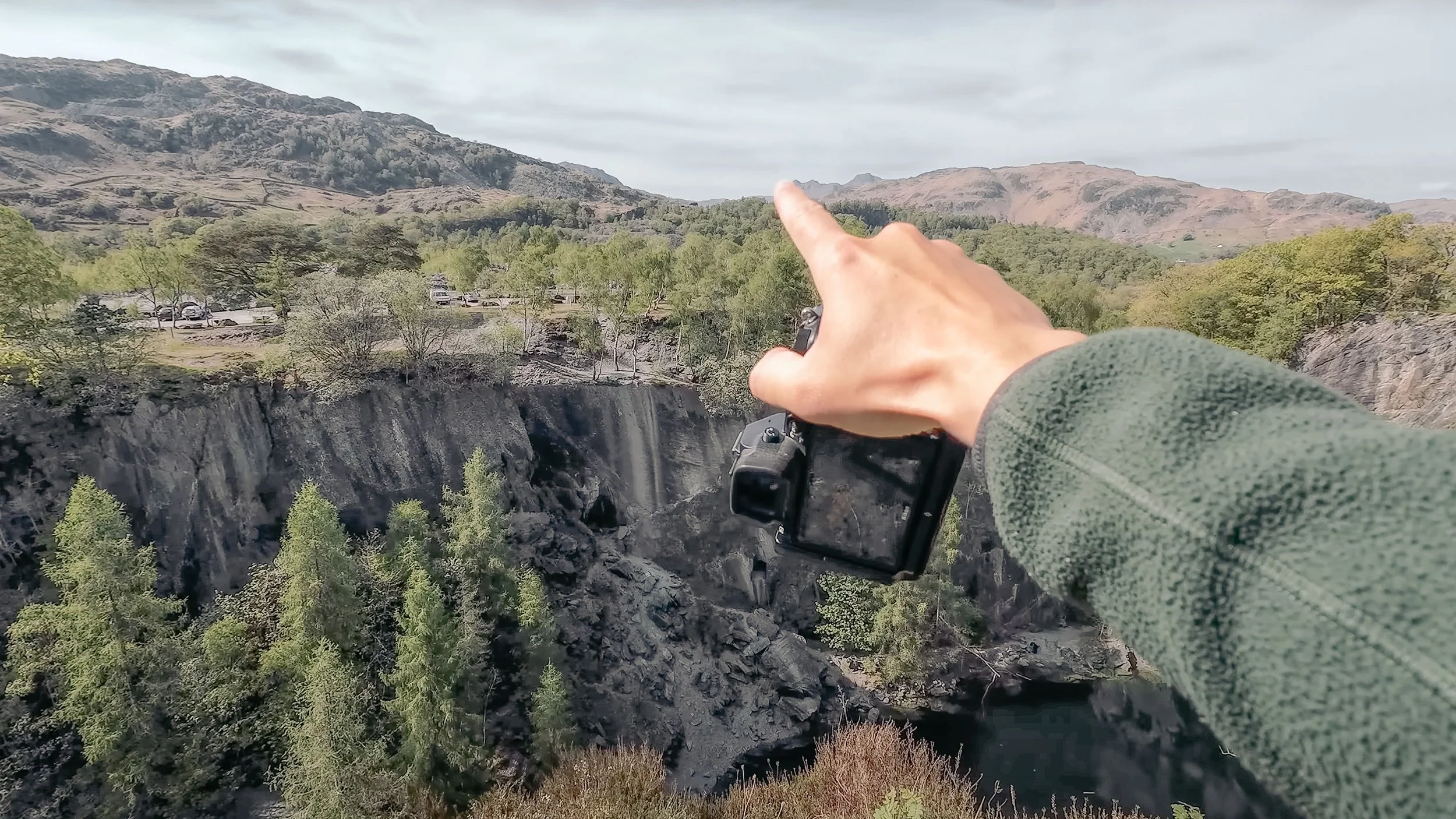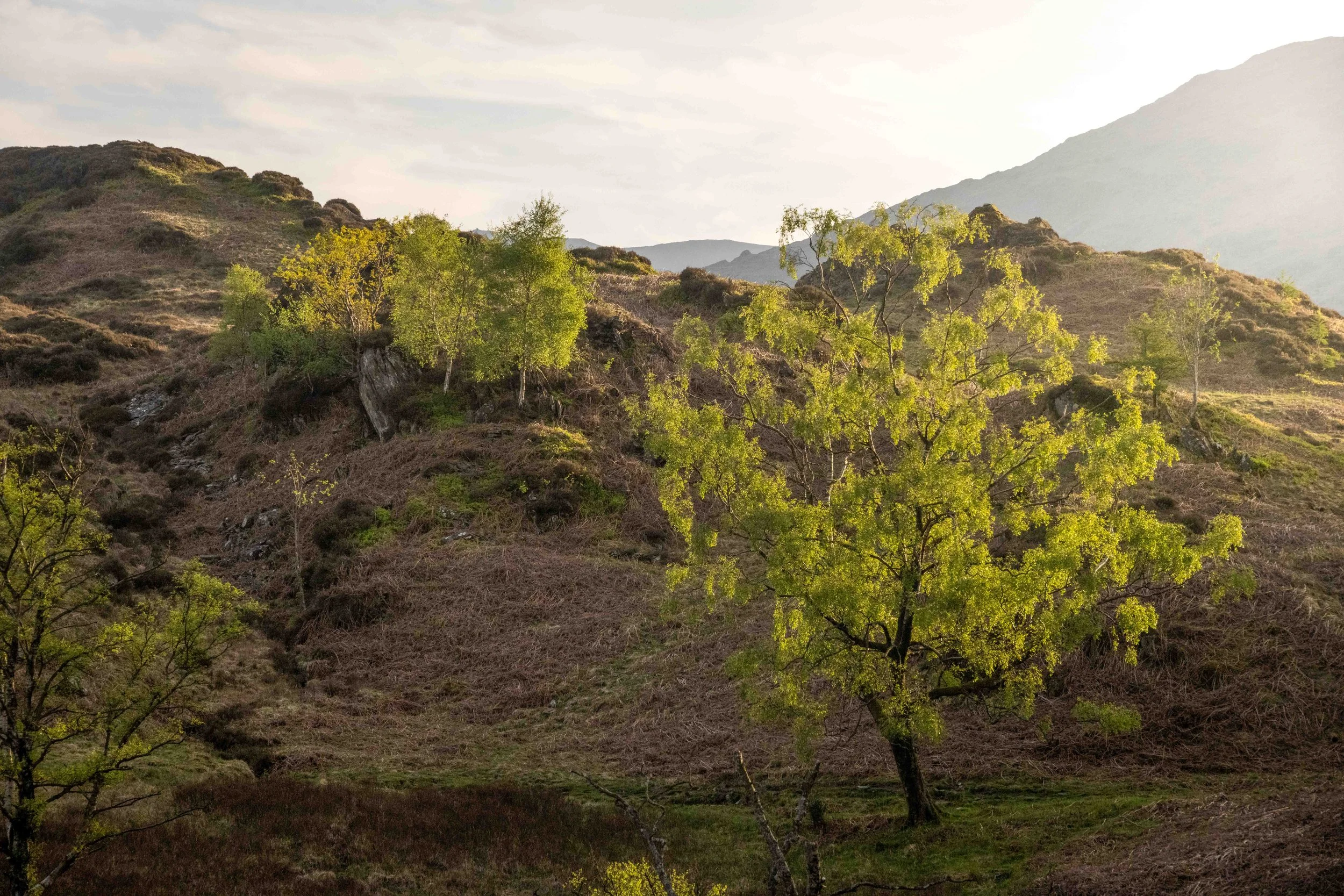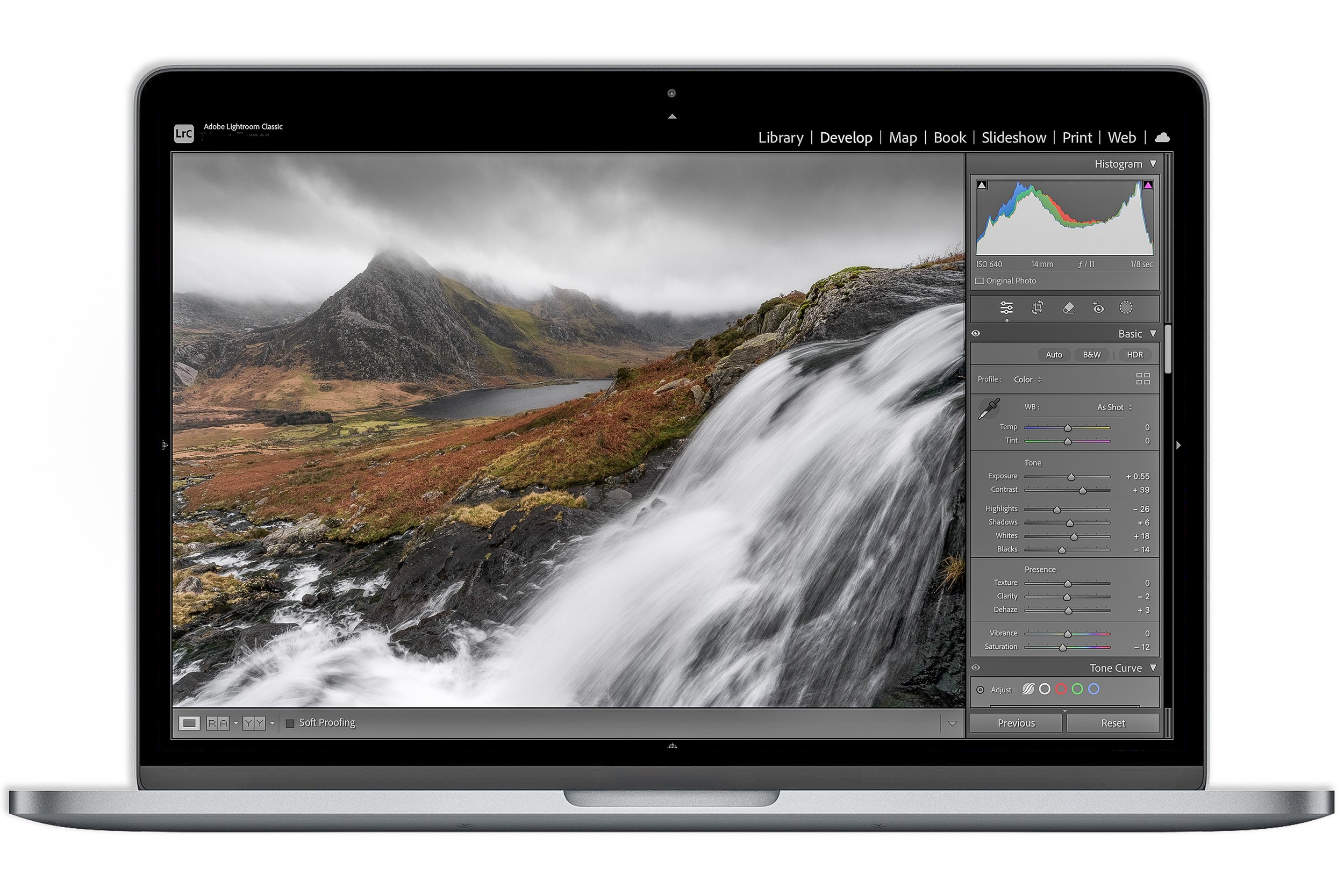How to Improve Landscape Photography Composition (By Thinking Smaller)
What do most photographers search for when they want to get better at landscape composition?
Big answers.
Things like best composition techniques for landscape photography. Or how to improve my landscape photos. Or what lens should I use for landscape photography.
But here’s the twist.
The answer isn’t always found in a sweeping vista. Or a wide angle lens.
Sometimes, it’s found in the tiniest detail.
—“Zooming in can open your eyes. It makes you notice things you usually miss.”
This blog is all about that idea. About how a telephoto lens can shift your mindset. About why slowing down and thinking smaller can actually make your compositions stronger.
If you’ve ever wondered how to improve your landscape photography composition, this might be the thing that changes everything.
The Nikon 24-200 lens. Check out the rest of my gear.
The Problem with Thinking Wide
Wide angle lenses are brilliant. They can showcase the scale of a scene. They can pull in foreground, midground and background in one dramatic sweep.
But they can also make us lazy.
When everything is in the frame, it’s easy to stop thinking critically. The composition becomes about what’s there, rather than what should be there. We point and shoot. We take what we’re given.
That’s when things start to feel flat. Disconnected. Like the image has no clear subject.
— “Composition is not about capturing everything. It’s about choosing what to leave out.”
Zooming in flips that mindset on its head. It forces you to decide. It pushes you to ask: what am I actually photographing?
And that’s when the magic happens.
Why Zoom Lenses Make You Better at Composition
Zoom lenses are not just about reach. They’re about refinement.
When you zoom in, you’re not just getting closer. You’re distilling. You’re removing clutter and distractions. You’re creating a photograph within the photograph.
That shift in mindset is huge.
Suddenly, you’re no longer reacting to the landscape. You’re sculpting it. Cropping with intention. Creating balance and shape and flow. All before you’ve even clicked the shutter.
One of the best ways to improve your landscape photography composition is to think smaller. Start looking for the tiny details that catch your eye. A tree catching the light. A shadow creeping across a ridge. A patch of colour glowing in the gloom.
These are the ingredients of great photographs.
Try building a frame around just that one detail. Zoom in. Adjust your position. Work the angles. The composition becomes a puzzle. Solving it feels brilliant.
If you want to see which zoom lens I use, you might enjoy The Nikon 24 200mm Lens: The Ultimate Landscape Photography Companion. It’s packed with practical examples of this exact mindset.
And by the way, when you’re working this way, sharpness becomes even more important. Every detail matters more. If that’s something you struggle with, I’ve put together a free guide that can help. It’s packed with tips and tools to help you get the best out of your kit.
Download my free sharpness guide here: 15 Page PDF.
I worked on these tiny bluebells, honing in on the subject rather than just shooting wider without much thought. OM-5 & Pana Leica 12-60.
Learn to See Differently
This is where things really start to shift.
Instead of arriving somewhere and reaching straight for the wide angle, start slow. Stand back. Take it all in.
Then ask: what’s the most interesting part?
It could be a splash of colour. A tree catching the sun. A sliver of light on the ridge. One little element within the chaos.
That’s your anchor. That’s your photograph.
Now build around it.
Use your zoom to tighten things up. Remove the mess. Simplify the story. Let the subject breathe.
Looking across a giant, wide scene and reading between the lines of landscape photography composition.
Your Composition Starts with Light
One of the best ways to find a composition is to follow the light.
That might sound obvious. But the trick is not just to notice where the light is. It’s to notice how it interacts with the landscape.
A tree lit up against a shadowed background. A line of light running across a valley. Just one patch of colour catching the sun.
These are the places where your composition lives.
Light creates contrast. Contrast creates separation. And separation is what gives your subject clarity.
This approach works brilliantly with telephoto lenses. Because you’re not trying to capture the whole scene. You’re trying to isolate just the part where the light is doing something special.
With this photo, I allowed the beautiful golden light to guide where I shot, and used the long lens to perfect the composition. Nikon Z7 & Nikon 24-200.
Final Thoughts
Composition is a muscle. The more you use it, the stronger it gets.
So next time you head out, take a moment to pause. Let the landscape wash over you. Then start asking questions.
What stands out? Where is the light falling? What can you leave out?
Use your zoom lens not just to crop but to refine. To simplify. To build a frame with intention.
It’s not about avoiding wide angle photography! It’s about choosing the right tool for the story you want to tell.
And if you’re looking for the right camera to do that without breaking the bank, you might enjoy this: The 5 Best Budget Cameras for Landscape Photography Right Now.
Happy shooting!
Popular posts:












